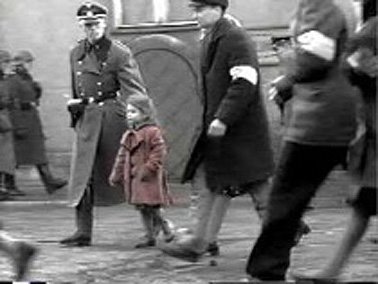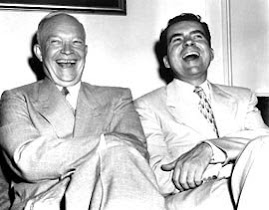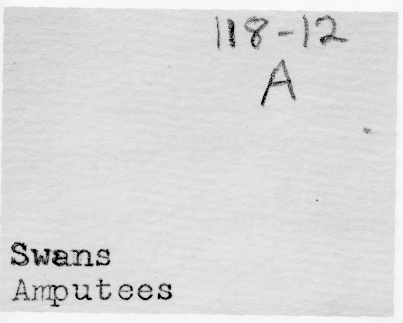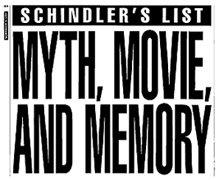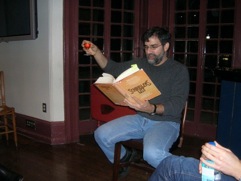 In March of 1957, the Nation magazine ran a feature called "The Careful Young Men," with this subtitle: "Tomorrow's Leaders Analyzed by Today's Teachers." They sought contributions from English professors--all men as it turned out, not surprisingly--at mostly elite universities, soliciting comments on what students were thinking, writing and reading. These students, "tomorrow's leaders" per the subtitle, and the "careful young men" per the title, befit--lo and behold!--the general notion of Nation articles and editorials of this period: the Fifties were pretty much uniformly a time of quietude, caution and rising orthodoxy. That the late fifties was a time of extraordinary experimentation is nowhere indicated, not even marginally, not even in one sentence in one of the entries--not even as a hint or premonition. Of course I see the names of the contributors (Carlos Baker at Princeton, Stanley Kunitz of Queens College, Wallace Stegner at Stanford) and understand that a major problem here is the narrow choice of respondents. The obvious irony is that these male literary academics, for the most part lamenting the aesthetic conservatism of their students, evince no sense of the intellectual diversity--to mention only one form of diversity--that might be required to see the resistance and experimentation at the edges of their classrooms or perhaps outside their office windows or at the fringes of campus (or indeed far down the academic road, at places like Black Mountain). It may be that these gentlemen are writing in 1957 but thinking of their students of 1950-1954, the cowed McCarthyite generation recently graduated. Or it may be that the freer spirits on campus had stopped taking lit courses, or kept quiet whilst Stegner and Baker were lecturing at them, or saved their heterodoxy for the sloppy garrett and cheap coffee shop six blocks from campus.
In March of 1957, the Nation magazine ran a feature called "The Careful Young Men," with this subtitle: "Tomorrow's Leaders Analyzed by Today's Teachers." They sought contributions from English professors--all men as it turned out, not surprisingly--at mostly elite universities, soliciting comments on what students were thinking, writing and reading. These students, "tomorrow's leaders" per the subtitle, and the "careful young men" per the title, befit--lo and behold!--the general notion of Nation articles and editorials of this period: the Fifties were pretty much uniformly a time of quietude, caution and rising orthodoxy. That the late fifties was a time of extraordinary experimentation is nowhere indicated, not even marginally, not even in one sentence in one of the entries--not even as a hint or premonition. Of course I see the names of the contributors (Carlos Baker at Princeton, Stanley Kunitz of Queens College, Wallace Stegner at Stanford) and understand that a major problem here is the narrow choice of respondents. The obvious irony is that these male literary academics, for the most part lamenting the aesthetic conservatism of their students, evince no sense of the intellectual diversity--to mention only one form of diversity--that might be required to see the resistance and experimentation at the edges of their classrooms or perhaps outside their office windows or at the fringes of campus (or indeed far down the academic road, at places like Black Mountain). It may be that these gentlemen are writing in 1957 but thinking of their students of 1950-1954, the cowed McCarthyite generation recently graduated. Or it may be that the freer spirits on campus had stopped taking lit courses, or kept quiet whilst Stegner and Baker were lecturing at them, or saved their heterodoxy for the sloppy garrett and cheap coffee shop six blocks from campus.Anyway, Kunitz notes that the students don't seem to have culture heroes who are themselves young, and seem to be stuck with Jung, Mann, Yeats and Eliot. Stegner claims that "only Eliot seems to arouse enthusiasm in students." (He's talking about a San Francisco-area campus in 1957! Can that generalization really hold even for students on the conservative Stanford campus of that time? I doubt it, but of course I'll need to do a little digging to confirm my hunch that he's wrong.) J. A. Bryant of the University of the South notes that the Hemingway these young men love is not the unallegiant expatriate Hem but the Hem who "symbolizes the virility and essential goodness of the American male and is identifiable with the warrior [and] the athlete." R. J. Kaufmann says that his students "like Joyce's Portrait very well up to the point in which he works out his elaborate aesthetic." John Willingham of Centenary College says there's no rebellion in these students at all--that they "envy the undergraduate of the twenties" [sic - not "the thirties"].
I should note that Leo Marx (then at Minnesota) wrote an exceptional piece for this feature, and so, to some degree, did Alan Swallow, whom we think of now as primarily a great publisher but who had then recently left the University of Denver but was in any case never really comfortable in the academy the way Stegner, Baker and Kunitz were.






 "I teach horizontally, meaning that while I might begin with a fixed idea of what I'm going to teach that day, I let it drift rhizomatically way off topic, often pulling it back when it gets too far. I rely on non-fixed materials to teach this way; the whole world is at my fingertips. Should I go off on a tangent about John and Rauschenberg and their love relationship as expressed in Rauschenberg's bed, an image of that bed is always a click away. From there, we can head anywhere into the non-fixed universe, be it film, text or sound. And of course, that always takes us elsewhere. As Cage says, 'We are getting nowhere fast.'"
"I teach horizontally, meaning that while I might begin with a fixed idea of what I'm going to teach that day, I let it drift rhizomatically way off topic, often pulling it back when it gets too far. I rely on non-fixed materials to teach this way; the whole world is at my fingertips. Should I go off on a tangent about John and Rauschenberg and their love relationship as expressed in Rauschenberg's bed, an image of that bed is always a click away. From there, we can head anywhere into the non-fixed universe, be it film, text or sound. And of course, that always takes us elsewhere. As Cage says, 'We are getting nowhere fast.'" 

 that anyone has yet got the imaginative measure of that terrifying day six years ago. Certainly our Tolstoy has not crawled out of the rubble. The closest we have, Don DeLillo, succeeded as an essayist-journalist ("In the Ruins of the Future: Reflections on Terror and Loss in the Shadow of September,” Harper’s, December 2001) but, to my mind, failed as a novelist ("Falling Man"). One reason, perhaps, is that the remembered emotion was instantly buried under a pile of cultural junk.' - Tod Gitlin in his review of Susan Faludi's The Terror Dream (written for
that anyone has yet got the imaginative measure of that terrifying day six years ago. Certainly our Tolstoy has not crawled out of the rubble. The closest we have, Don DeLillo, succeeded as an essayist-journalist ("In the Ruins of the Future: Reflections on Terror and Loss in the Shadow of September,” Harper’s, December 2001) but, to my mind, failed as a novelist ("Falling Man"). One reason, perhaps, is that the remembered emotion was instantly buried under a pile of cultural junk.' - Tod Gitlin in his review of Susan Faludi's The Terror Dream (written for 


